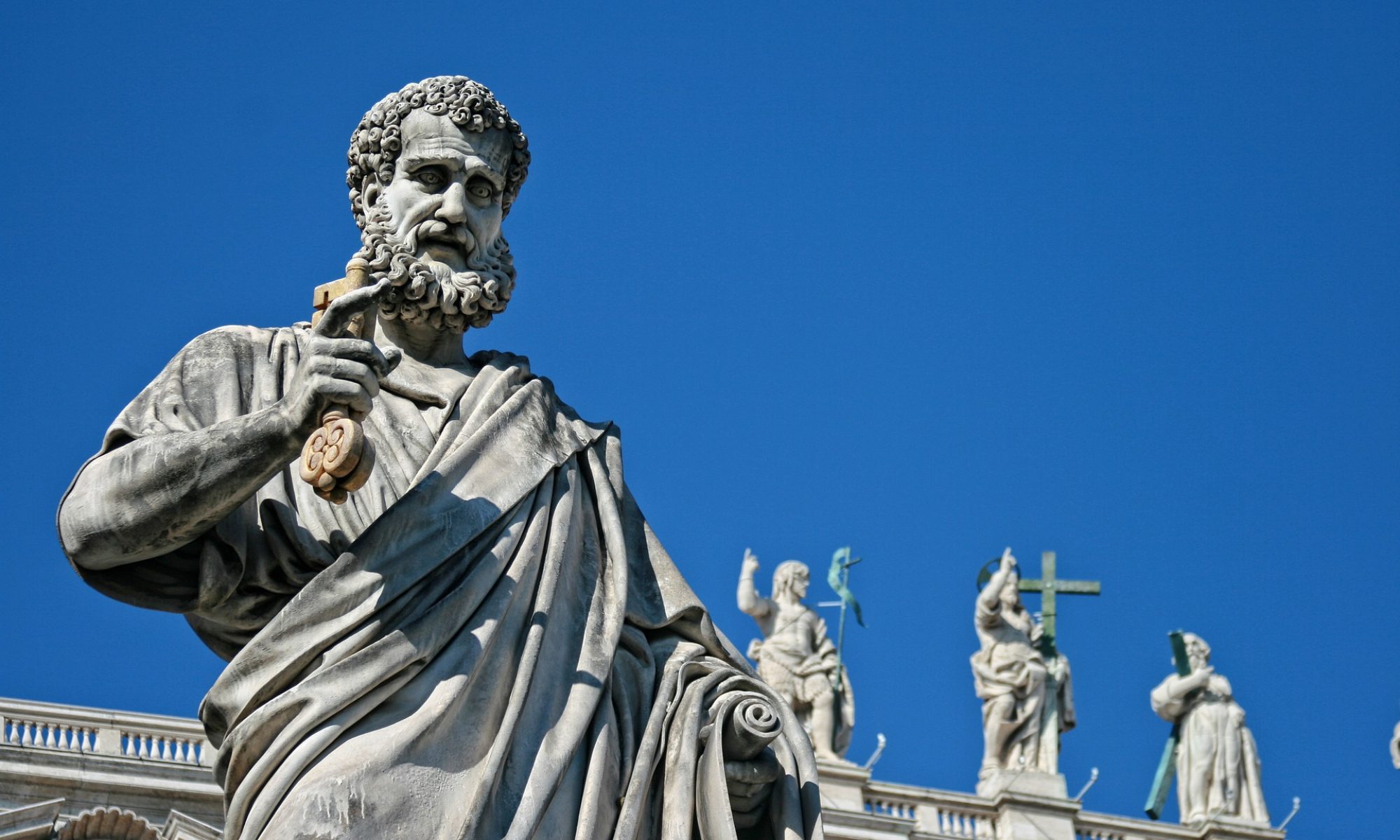October 31st, 2014
“Whom am I to judge?” answered Pope Francis to a question on homosexuals. Who are we to judge? … seems to be the sequel of his answer by the Synod that met in mid October to discuss various critical issues about the family and the Church’s responsibility in addressing them. We are perhaps dealing with a significant development in the Roman Catholic Church, something along the line of the “aggiornamento” (i.e. update of attitudes and approaches) that took place at Vatican II and after. The pre-Synod debate chiefly concentrated on the possibility to re-admit to the Eucharist those who went through a divorce. Given the fact that, according to Roman Catholic teaching, marriage is a once and for all sacrament administered by the Church, should those who have broken marriages be given the sacrament of the Eucharist or not? The debate was polarized between progressive voices (like Cardinal Walter Kasper, for example) who favored a relaxation of the prohibition and conservative ones (like the North-American Cardinals) who opposed it. No final decision has been made yet. Next year’s second session of the Synod will make it and ultimately the Pope will promulgate it. There are tensions within the Catholic Church but the majority seems to have taken a line marked by openness towards change, not only as far as the re-admission to the Eucharist is concerned, but also towards re-positioning the Catholic Church in the much bigger discussion about the different forms of human relationships.
The Law of Graduality
The report drafted after the initial discussion (Relatio post disceptationem) contains some revolutionary statements and some significant silences. It highlights the positive value of each relationship, considered as always a good thing in itself. The Church wants to speak a word of hope to each relationship but the document refrains from passing over moral judgments on the kind of relationship that is envisaged. The report appeals to the “law of graduality”, i.e. each form of relationship is an imperfect form of good that needs to be encouraged to flourish. No distinction is made between heterosexual marriage and homosexual relationship, co-habitation and unions of various kinds. The good of a relationship is always in a “gradual” form and no relationship is totally deprived of it. Therefore, while recognizing standing and unresolved moral issues, positive words are used to describe homosexual relationships and non-married unions. This is the first time that something similar happens in a semi-official Vatican document.
The “law of graduality” allows to recognize the positive elements that exist in every situation, even in those that the Church has traditionally defined as sinful. Stress is put on “imperfect forms of good” that are present everywhere. Traditional Roman Catholic teaching has often underlined the “objective” nature of sinful acts (e.g. the adulterous and the homosexual intercourses), but the document leaves aside any reference to a black-and-white moral picture when it comes to assessing the present-day forms of relationship. Each relationship has different shades of good and this is the point the Church wants now to focus on. It is true that the final report (Relatio Synodi) moderates some of these statements and puts them more clearly in the context of the traditional teaching of the Church. The point is that the principle of the Roman catholicity (i.e. the development and widening of catholic synthesis) has been working here. A more extreme position is after mitigated and then one year is taken for the debate to go on until the final decision will come. Having said that, Pope Francis’ question “Who am I to judge?” has become the question of the majority of the Synod. It is now clear that the Pope’s “merciful” attitude has gained attention and has become wide-spread amongst the Catholic hierarchy.
The Vatican II Paradigm
Where does this feasible but not-yet official change come from? Some observers might argue that it is a capitulation to the spirit of the age that blurs any moral distinctiveness and elevates individual choices as the paramount criterion of what is good. Though there may be some truth in it this analysis is nonetheless incomplete. It was the Second Vatican Council (1962-1965) that provided the tools that the Synod is now applying to the issue of sexuality and the family. Let’s see what happened then and how it impacts today’s discussion.
Before Vatican II, all non-Catholics were thought of as being heretics, schismatics or pagans. You were either in the Church or outside and against it. The Council introduced a new way of looking at non-Catholic people. While the Catholic Church retained its conviction to have access to the full sacramental salvation, other believers were considered as revolving around it depending on the distance or nearness to the center. The other religions reflected different degrees of truth and blessing and were seen in a fundamental positive way. The point is that each religion contained elements of truth that needed to be appreciated and that formed the basis for a re-discovered universal brotherhood. Vatican II abandoned the clear-cut in/out approach to embrace the principle of graduality: instead of denouncing the others’ errors, each religion became to be seen as having some good in it.
The same model is now applied to the different relationships. There is some good in a homosexual relationship although it remains distant from the ideal relationship. There is some good in a co-habitation outside of marriage although it is still irregular. There is some good in any loving relationship. It may be weak, defective, and even contradictory, but the Church wants to speak a word of understanding and hope for all. Although Pope Francis has not yet made this position official, everything that he has been saying and doing so far points to this direction. After his “Who am I to judge?”, the majority in the Synod is saying “Who are we to judge?”

